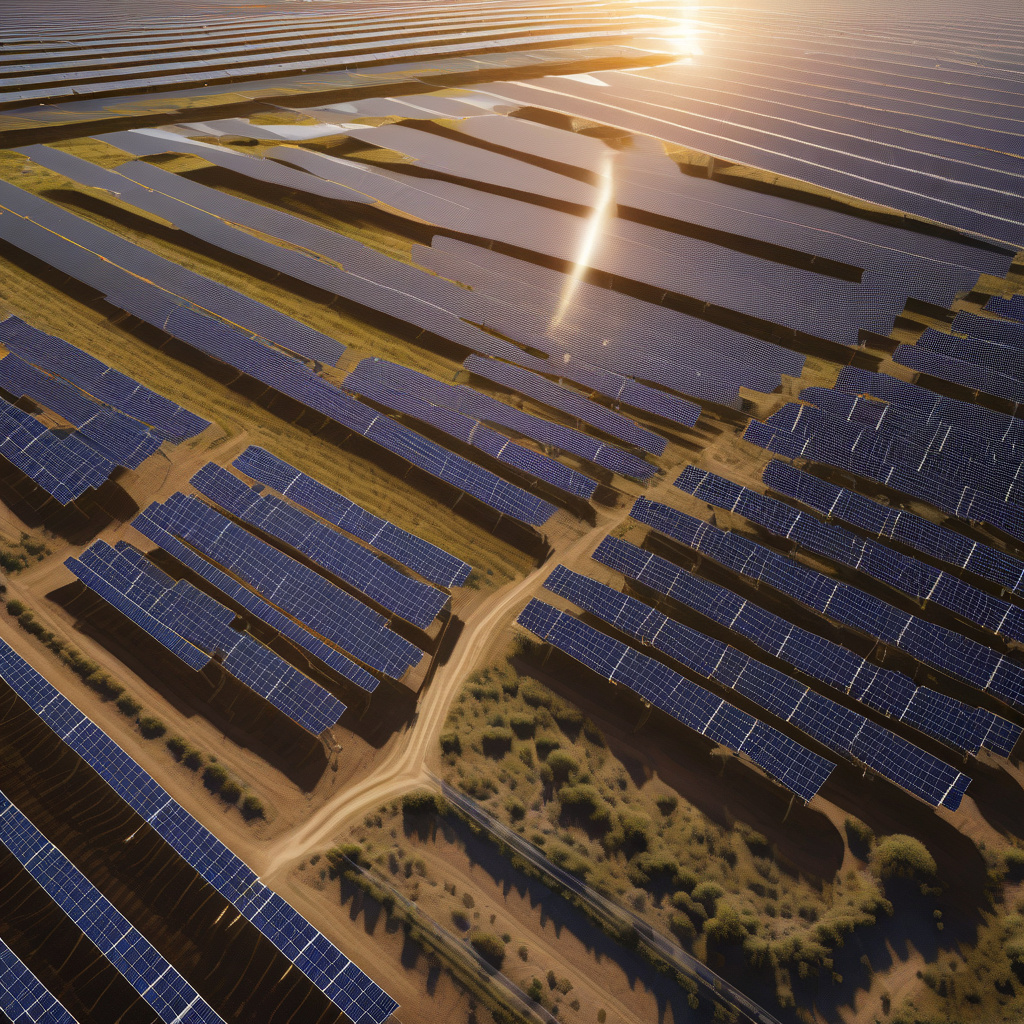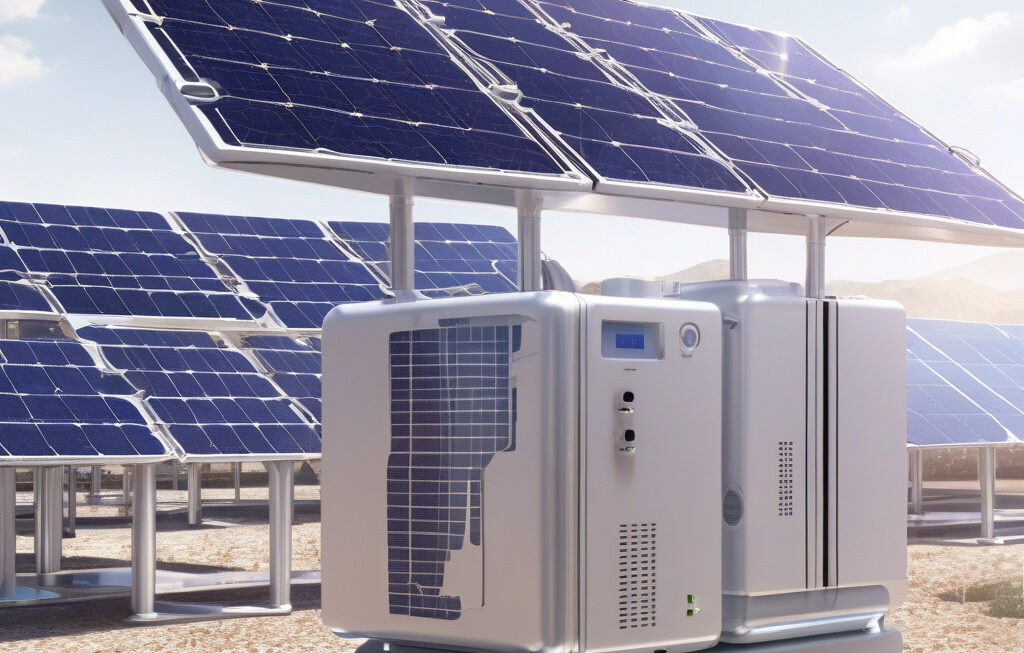US’ 1.3GW Solar Farm to Power 200,000 Homes, Boost Clean Energy Capacity by 20%
A 1.3 gigawatt (GW) solar farm in northern Indiana is all set to become one of the largest solar projects in the United States. This ambitious project aims not only to provide renewable energy to more than 200,000 homes but also to significantly increase the region’s clean energy capacity by 20%.
The solar farm, which spans across acres of unused farmland, will consist of thousands of solar panels that harness the power of the sun to generate electricity. This sustainable energy source will play a crucial role in reducing carbon emissions and combating climate change. By transitioning from traditional fossil fuels to solar power, the US is taking a major step towards achieving its renewable energy goals and creating a greener future for generations to come.
One of the key advantages of solar power is its ability to generate electricity without producing harmful greenhouse gas emissions. This not only helps to combat climate change but also reduces air pollution, leading to cleaner and healthier communities. Additionally, solar energy is a free and abundant resource, making it a sustainable and cost-effective alternative to traditional forms of energy generation.
Furthermore, the 1.3GW solar farm in Indiana will create numerous job opportunities in the region, from construction and installation roles to ongoing maintenance and operations positions. This influx of employment will not only stimulate the local economy but also support the growth of the renewable energy sector in the US. As the demand for clean energy continues to rise, so too will the need for skilled workers to support the development and maintenance of solar projects across the country.
In addition to powering homes, the solar farm will also contribute to grid stability and energy security. By diversifying the sources of electricity generation, the US can reduce its reliance on imported energy and strengthen its energy independence. This resilience is crucial in ensuring a stable and reliable power supply for homes, businesses, and critical infrastructure, especially during times of peak demand or natural disasters.
The development of the 1.3GW solar farm underscores the US’s commitment to accelerating the transition towards a clean energy future. By investing in large-scale renewable energy projects like this, the country is not only reducing its carbon footprint but also driving innovation and technological advancements in the energy sector. As solar power becomes increasingly affordable and efficient, more states and regions are likely to follow suit and embrace renewable energy as a key component of their energy mix.
In conclusion, the upcoming 1.3GW solar farm in northern Indiana represents a significant milestone in the US’s journey towards a more sustainable and environmentally friendly future. By harnessing the power of the sun to generate clean electricity, this project will not only power hundreds of thousands of homes but also boost the country’s clean energy capacity by 20%. As the world grapples with the challenges of climate change, initiatives like this serve as shining examples of how renewable energy can pave the way for a brighter tomorrow.
solar power, renewable energy, clean energy, sustainability, climate change












